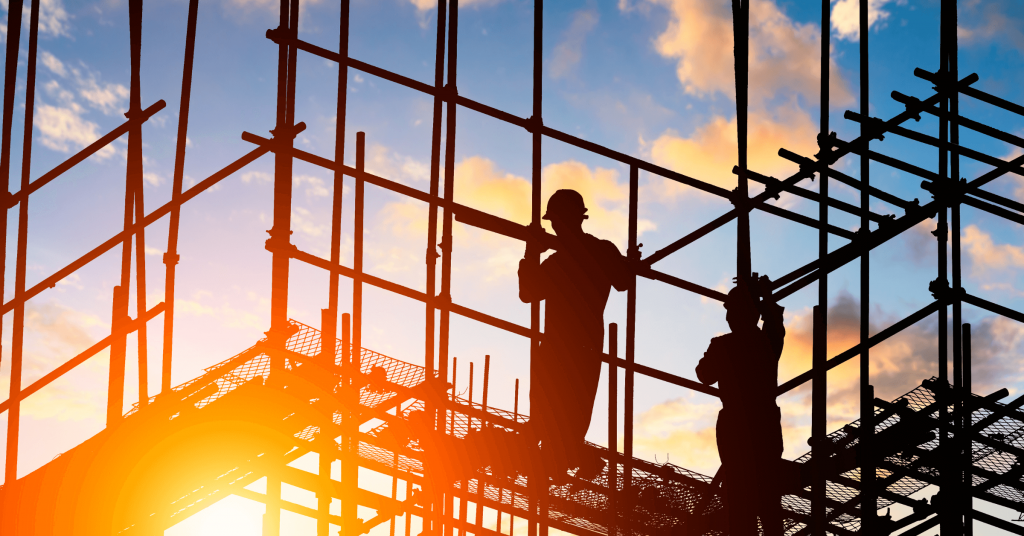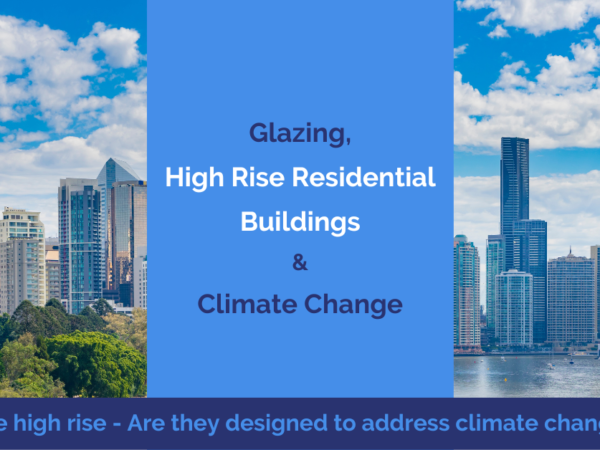The debate for reducing carbon emissions has extended to the construction industry. What does this mean for construction jobs?

The Australian Institute of Architects (AIA) is pushing for the industry to be net carbon-zero within 9 years. A framework is already being developed for the measurement of carbon emissions which the ACA is seeking to incorporate into the building code within 2 years with the view of full compliance by 2025.
According to Climate Works Australia (CWA), ‘the built environment accounts for almost a quarter of our emissions’, and ‘over half the buildings standing in 2050 will be constructed from today onwards’. Stop and pause on those sobering statistics. In conjunction with the Australian Sustainable Built Environment Council (ASBEC), the CWA, like the AIA, are also focusing on the setting of uniform standards.
What’s for sure is that there won’t be any leeway for the built environment to escape a zero-carbon future within an imminent new Australian building code, inclusive of a new rating system.
Economic and Environmental Benefits
In a report titled Built to Perform, compiled by CWA and ASBEC, they highlight the savings of the implementation of new building energy standards between now and 2050:
-
- reduce energy bills by up to $27 billion
- cut energy network costs by up to $12.6 billion
- deliver at least 78 million tonnes of cumulative emissions savings
And that’s just the measurement from an energy perspective let alone the other types of savings. So, as we start to rebuild the economy from COVID-19, it is becoming clearer that we must accept that change is coming soon and things won’t be business as usual, and secondly, to view it as an opportunity or be left behind.
The thinking would be along the lines of collaboration towards real change across the whole of the supply chain, along with supporting zero-carbon material from local manufacturers and suppliers. WWF-Australia recommends ‘A Buyers Alliance for Reducing Embodied Carbon in Construction’ would have three key roles, namely:
-
- aggregation of demand and supply through ‘anchor customers’
- acknowledge sharing across industry sectors, and
- collaboration between industry sectors
What does this mean for construction jobs?
Should you be worried? We don’t believe so. With innovation, we believe there will be jobs growth within design optimisation from the developer, contractor, surveyor, and project manager standpoints. There will be the scope for smarter engineering that uses fewer materials safely. There could be an improved yield along with the carbon offsets, which can translate to better value builds where every person in the chain can benefit financially, with new progressive career opportunities, and further opportunities for innovation and training.
What would need to be addressed is to ensure that there is sufficient capacity, capability, and skills. A few highlights from the Australian Constructors Association (ACA) are:
-
- adopt commercial frameworks that provide more predictable and equitable project financial outcomes and therefore a more conducive environment for investment in training
- develop a consistent economic pipeline of work that provides secure, long-term employment
- improve the culture of the industry so that it is a more desirable place to work for all participants in the workforce, including women and indigenous Australians
- improve work-life balance and provide development opportunities to retain those already working in the industry
Conclusion
Construction companies will have to take steps towards reducing their environmental footprint. Mandatory requirements will be enforced whether we’re ready or not. Now is the time to start thinking about and preparing for what is to come. What will jobs look like – which existing jobs will give way, which new ones will be created? What are your avenues for upskilling now to prepare for the changes that are coming? What hybrid technologies will you need to know about? Overall, a good starting point would be to build collaborative frameworks between all stakeholders towards a common goal on projects.
Amongst all these questions and more, there is the opportunity to be a part of a generational change where we do more with less, can have a better work/life balance in a cleaner, more sustainable world, along with the financial and career progression opportunities that will come with leading the way towards clean builds.
(Sources: ACA; AFR; CWA; ASBEC; WWF-Australia 2021)
Looking for your next construction job? Search our current construction roles here, or to chat to our team about securing your next opportunity, get in contact with us through our Contact Us page.
Receive our updates straight to your inbox



